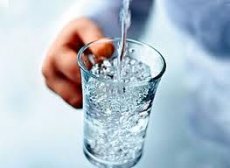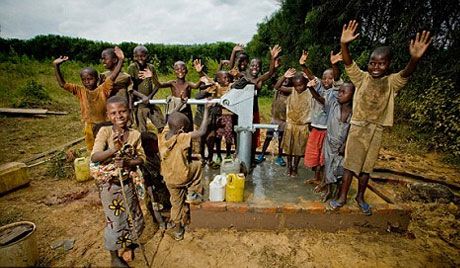New publications
A cheap and easy method of water purification has been created
Last reviewed: 01.07.2025

All iLive content is medically reviewed or fact checked to ensure as much factual accuracy as possible.
We have strict sourcing guidelines and only link to reputable media sites, academic research institutions and, whenever possible, medically peer reviewed studies. Note that the numbers in parentheses ([1], [2], etc.) are clickable links to these studies.
If you feel that any of our content is inaccurate, out-of-date, or otherwise questionable, please select it and press Ctrl + Enter.

Approximately 80% of diseases in developing countries are caused by poor sanitation and drinking dirty water. As a result, experts from the Michigan Institute of Science and Technology have created an easy and cheap method of purifying water. In this case, the role of the purifier is played by ordinary salt.
According to an existing method called the Solar Disinfection of Water (SODIS), today residents of developing countries pour dirty water into transparent plastic bottles and leave them in the open sun for six hours. During this time, the heat of the sun's rays and ultraviolet radiation kill most of the pathogenic microbes that cause diarrhea, which kills about 4,000 African children every day. But this method of purifying water does not work if the water is dirty and contains a suspension of clay particles. And most residents of developing countries, as a rule, have access only to such water in rivers and wells. "If you do not get rid of the clay impurity in the water, SODIS does not work," explains Joshua Pearce, a teacher at the institute. "The smallest organisms hide under the clay particles and thus avoid the action of solar radiation. Therefore, before purifying this water, it is necessary to ensure that all the clay settles to the bottom - this process is called flocculation."

During the experiment, Pierce and his assistants confirmed that sodium chloride or ordinary table salt can help quickly precipitate clay. It is quite inexpensive and can be found almost everywhere. At the same time, cleaning muddy water with salt takes very little time. However, there is a “but”: salt precipitates only one type of clay called bentonite and does a poor job of polluting other types of clay. However, if you add a pinch of salt and a little bentonite to the suspension of other types of clay, the flocculation process will go faster, and the water will be suitable for cleaning with SODIS. Scientists continue to study the qualities of various types of clay and salt found in Africa in order to create a more effective method for cleaning drinking water.
 [ 1 ]
[ 1 ]
